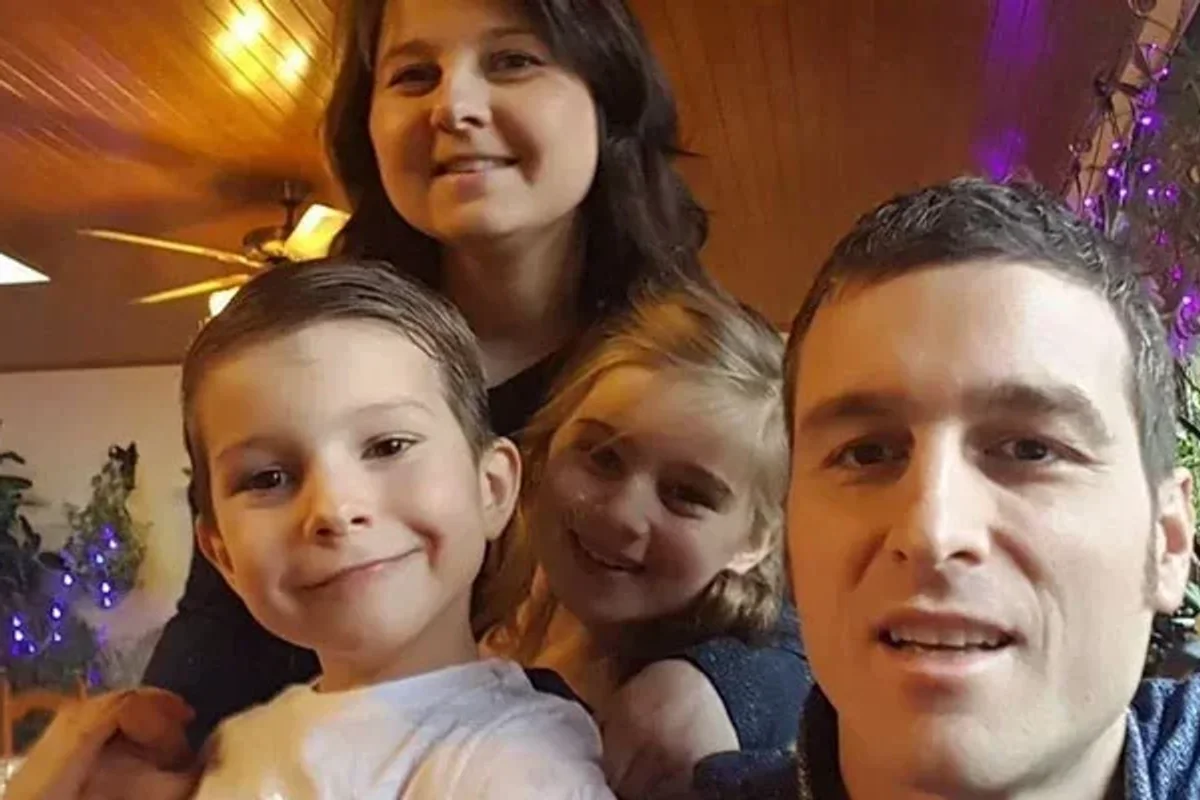Historic Breakthrough: Belgian Boy Becomes First Patient Cured of Terminal Brain Cancer
A Medical Miracle That Made History
When doctors diagnosed 13-year-old Lucas Jemeljanova from Belgium with diffuse intrinsic pontine glioma (DIPG), his family was told to prepare for the worst. DIPG is one of the most aggressive and deadly forms of childhood brain cancer. Historically, almost no children survive beyond one year after diagnosis.

But against all odds, Lucas’s story has rewritten medical history. Thanks to a pioneering personalized treatment, he has become the first person in the world to be cured of terminal DIPG. His recovery is not only a miracle for his family but also a beacon of hope for countless others facing the devastating diagnosis.
Understanding DIPG: One of Medicine’s Greatest Challenges
DIPG arises in the brainstem, specifically in the pons, an area that controls vital functions such as breathing, heartbeat, and movement. Because of its location, surgery is nearly impossible. Standard treatments like radiation may temporarily slow tumor growth, but until now, no cure had been achieved.
For decades, DIPG has remained one of the most feared diagnoses in pediatric oncology, claiming the lives of hundreds of children worldwide each year. Families are often given only months with their children after diagnosis, making Lucas’s survival truly extraordinary.
A Personalized Approach to Treatment
What makes Lucas’s case groundbreaking is the method used. Instead of a one-size-fits-all protocol, doctors developed a personalized therapy tailored to his genetic and biological profile.
By mapping the tumor at the molecular level, researchers identified unique vulnerabilities in the cancer cells. They then created a treatment designed specifically for Lucas, targeting those weak points while sparing healthy tissue.
This precision medicine approach represents a paradigm shift: treating cancer not just by type, but by each patient’s individual biology. In Lucas’s case, the result was a complete eradication of the tumor—something never seen before with DIPG.
From Months to a Lifetime
Initially, doctors gave Lucas less than a year to live. The emotional weight of such a prognosis is unimaginable for any family. But as the personalized therapy progressed, test results began to show something extraordinary: the tumor was shrinking.
Months later, imaging revealed that the cancer had completely disappeared. For the first time in medical history, a child once condemned by DIPG was declared cancer-free.
Lucas’s survival marks a turning point—not only for him and his family but for the entire field of oncology.
Hope for the Future of Cancer Treatment
Experts believe this case could open the door to a new generation of therapies. If a personalized approach can defeat one of the deadliest childhood cancers, it may be possible to extend similar methods to other forms of aggressive and treatment-resistant tumors.
Researchers caution that much more study is needed. One case, no matter how remarkable, does not guarantee universal success. However, Lucas’s recovery provides the proof of concept scientists have been searching for. It demonstrates that precision medicine has the power to achieve what was once thought impossible.
A Message to Families Facing the Unimaginable
For families currently navigating a DIPG diagnosis, Lucas’s story brings something rare: genuine hope. While clinical trials and broader applications of the therapy may take time, this breakthrough shows that the tide is beginning to turn.
It is also a testament to the importance of medical research and innovation. Decades of work by scientists, doctors, and advocates paved the way for this achievement. Lucas’s recovery is not just a personal victory but a shared triumph of science, perseverance, and human determination.
A New Chapter in Oncology
As Lucas returns to the ordinary rhythms of teenage life—school, friends, and dreams for the future—his case will continue to inspire both the medical community and families worldwide.
His journey highlights the transformative potential of personalized cancer therapies, which adapt treatment to each patient’s biology rather than relying solely on generalized approaches.
For now, the world celebrates a boy who defied the odds and the team of doctors who refused to accept the limits of existing medicine. Lucas’s name will be remembered as the child who turned the impossible into possible, reshaping how we imagine the future of cancer care.
Source: Reports on Lucas Jemeljanova’s case and ongoing advancements in DIPG research.